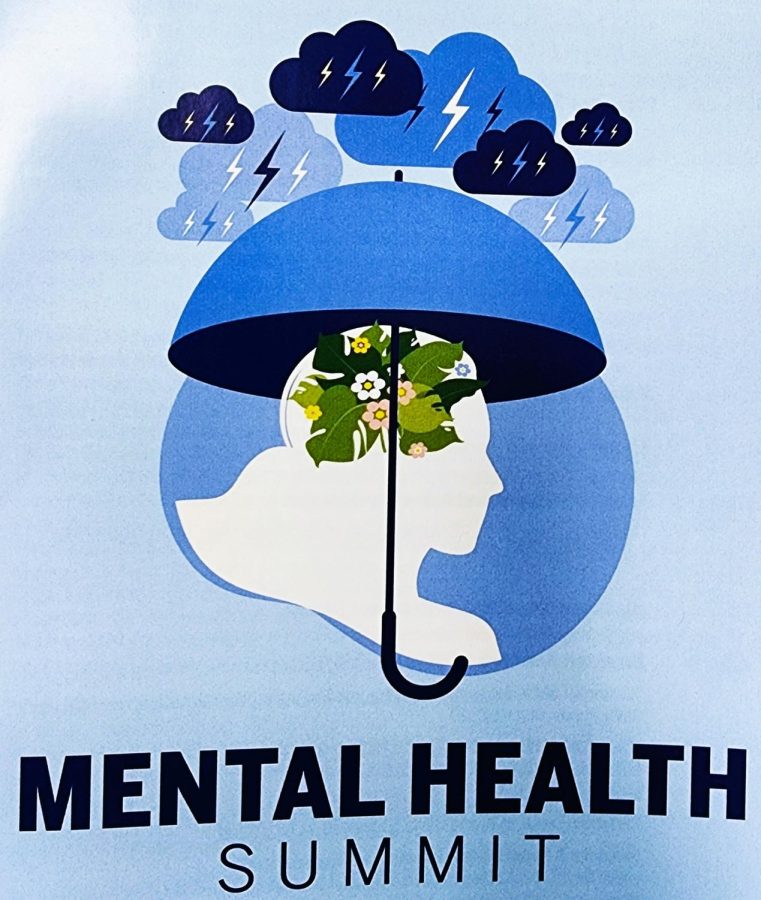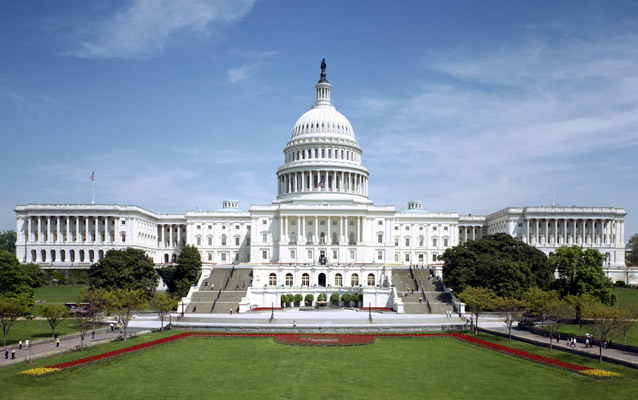The bad economy does not seem to be stopping students from going to IU Southeast – in fact, it seems to be helping.
The enrollment records for this semester indicate a 5.8 percent increase from the 6,461 students enrolled in the fall of 2008.
Vice Chancellor of Administrative Affairs Dana Wavle said this fall is a record when it comes to the number of credit hours students are enrolled in. So far, IUS students are enrolled in 69,323.5 credit hours, an 8.3 percent increase from the fall 2008 semester.
The school is experiencing high numbers in enrollment even while the economy is in limbo.
To Eric Schansberg, professor of economics, this came as no surprise.
“Universities do well in recessions,” he said. “There are limited jobs during this time, so people go to school.”
Wavle gave a reason why the enrollment is skyrocketing.
“A degree, especially from Indiana University, is going to be very helpful for students looking for jobs,” he said. “People know the school is full of the highest quality programs, while still maintaining affordability.”
Wavle also gave three things to which he attributes to IU Southeast’s growth.
The economy was one and demographics of the school were another. He said there are a lot of graduating high school seniors from many different schools in close proximity to IU Southeast.
The third reason he gave is the enrollment of so many transfer students. With residents of four Kentucky counties granted in-state tuition, many students are crossing the river to attend college.
IU Southeast is also more affordable than some surrounding universities. Schansberg said this is because Indiana’s budget is more stable than Kentucky’s.
Even with more manageable tuition prices, should students be expecting a tuition increase to supplement the bad economy? Wavle did not seem to think so.
“The money coming in from the increased enrollment covers expenses and helps reserves,” he said. “It covers maintenance costs, but does not fund projects.”
For students, that means that even though a new education technology building is in the works, tuition should not rise more than 4 percent yearly. Wavle also said instead of increasing tuition by a large amount, the faculty is working on what he called “resource reprioritization.”
“This means that we are trying to maximize services on a limited budget,” he said. “We are committed to our quality programs, but we do want to maintain affordability.”
Wavle said one thing that has been downsized is university-sponsored travel that relates to faculty expertise. He said they are also cutting down on vacant support positions for the school.
With all the new students, two concerns have been the lack of parking and long lines in the cafeteria.
Wavle said there are no plans for new parking lots and that parking is available if students are willing to walk.
“Most students don’t realize that is parking available, you just may have a longer walk to class than you’d like,” he said. “If students would plan in a few extra minutes into their schedule, they would find time to park and not be late to class.”
He said the school has been working on a project for the Food Court. This includes more grab-and-go type food, as well as adding a cash register.
“We are excited about what is going on,” he said. “IU Southeast will continue to be known for its quality programs and affordability. We are monitoring each year carefully, and that will dictate what the next year will bring.”
By LINDSAY VEITZ
Staff Writer
lkveitz@ius.edu






